During my latest trip to Turin, a city in northwest Italy situated on the banks of the Po River and at the foot of the Alps near the borders with France and Switzerland, I discovered that it’s one of Italy’s best-kept secrets. Turin, or Torino in Italian, is particularly famous for its impressive palaces and piazzas. With a relatively low influx of tourists, it’s a must-see destination on any itinerary through northwest Italy. If you’re curious about what to see in Turin, you’re in the right place.
Turin, the capital of Piedmont, is full of places to explore. The city offers historic sites, world-class museums, markets, restaurants, and a lively nightlife.
Personal tip: Before I get into the sights of Turin that caught my eye during my latest visit, I’ve got a tip that could save you some money: Consider getting the Torino+Piemonte card. On my last trip, I found that it helped me explore much of what the city offers without breaking the bank. This card opens doors to most of the cultural places around. You can get the Torino+Piemonte Card here.
So here we go; this is our list of the best things to see and do in Turin, Italy.
Things to See in Turin: Top 20 Attractions
1. Royal Palace (Palazzo Reale di Torino)
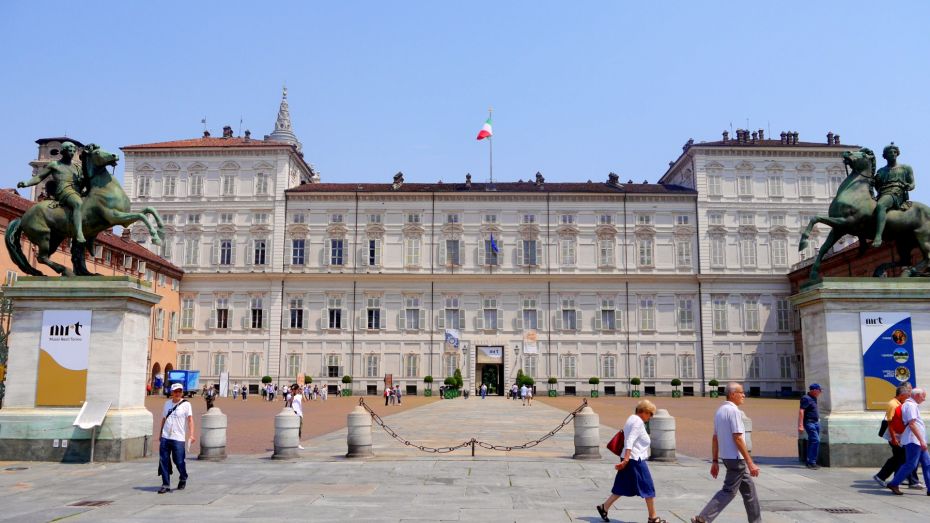
The Royal Palace of Turin is located in the heart of the city and is one of the most important artistic and cultural sites in Turin.
This grand palazzo, a UNESCO World Heritage Site since 1997, was the epicenter of power for the Savoy family for three hundred years. Originally built in the 16th century and extensively renovated over the following centuries, the Royal Palace displays an elegant Baroque facade and combines different architectural styles and decorations.
The building’s main expansion and renovation works, which were originally an episcopal residence, were carried out between the late 16th and early 17th centuries. Carlo Morello designed its beautiful facade, which consists of a central body and two side wings.
The various rooms of the palace are characterized by their lavish decoration. Great artists, such as Isidoro Bianchi, Claudio Francesco Beaumont, and Massimo d’Azeglio, were involved in its design. Refined carvings, stucco work, appliques, and frescoes adorn the Ballroom, Throne Room, Guards Hall, and all other rooms, embodying the long history of the Royal Palace.
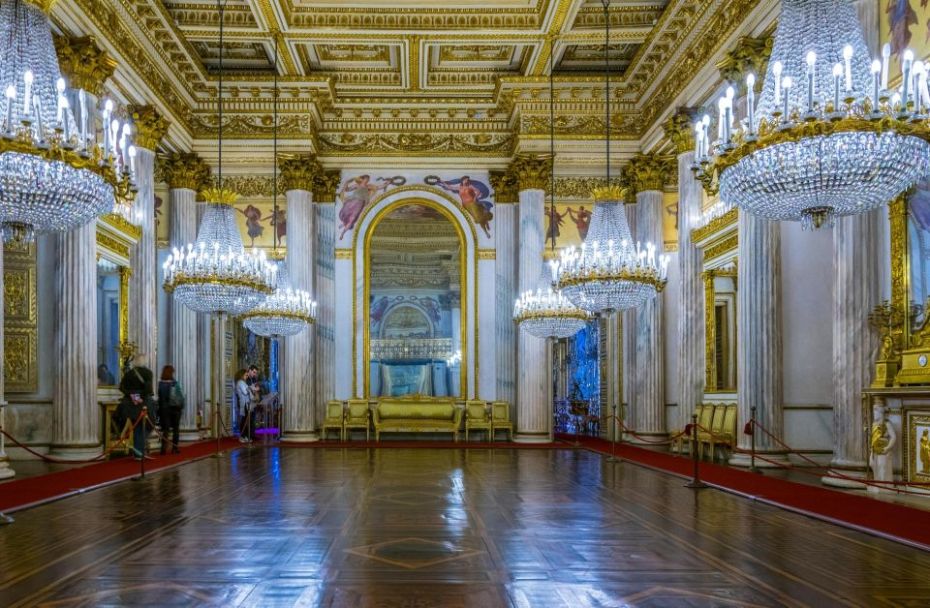
The front of the building faces the central Piazza Castello, while the Royal Gardens occupy the back side.
In case you missed it:
The Palazzo Reale complex also includes the Palazzo Chiablese and the Cappella della Sacra Sindone, built to house the famous Shroud of Turin. In 1946, the building became state property and was opened to the public as part of the Musei Reali di Torino (Turin Royal Museums).
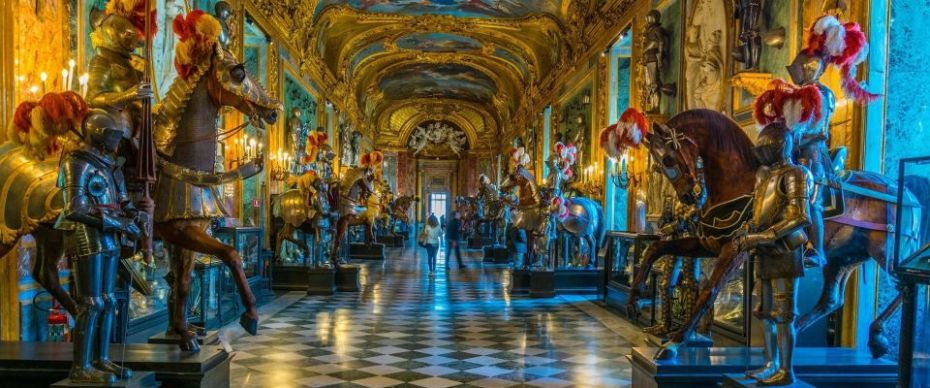
Personal tip: The combined ticket allows you to visit the Royal Palace (the dynastic residence of the Savoy family), the Royal Armory, the Sabauda Gallery, and the Archaeological Museum of Turin.
Useful Information for Your Visit to The Royal Palace
- Address: Piazzetta Reale, 1, 10122 Torino
- Opening Hours: Tue-Sun: 08:30h – 18:00, Monday: closed
- Prices: General: 15€, youth (18-25) discounts, children free
- Tickets & guided visits: Book now
2. Palazzo Madama
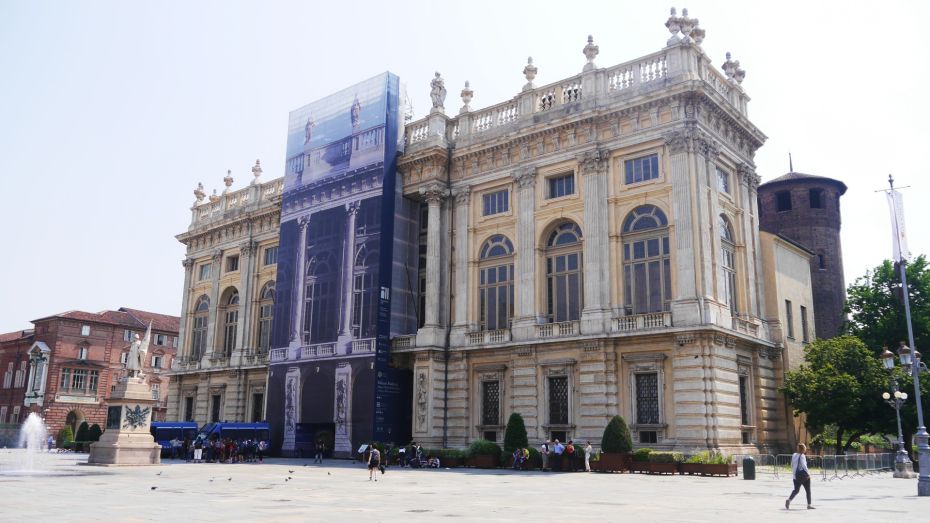
Located in Piazza Castello at the heart of Turin, close to the Royal Palace, Palazzo Madama is a significant building in Piedmont. It’s part of Turin’s UNESCO World Heritage sites and is home to the Civic Museum of Ancient Art.
Like the Palazzo Reale, Palazzo Madama has ancient Roman origins, built on what was once Porta Decumana, an entry to the city. It became a defensive fort after the fall of the Roman Empire. The Marquesses of Monferrato owned it in the 13th century, and it went to the Savoy family in the 14th century. Philip I of Savoy was responsible for expanding and beautifying it.
The palace’s most splendid period was in 1637 when Christine of France, regent of Savoy, made it her home. Over time, it served many purposes: an observatory since 1822, a gallery, and even housed the Subalpine Senate until 1864.
During my latest trip to Turin, my guide explained that after multiple restorations in the 20th century, Palazzo Madama now hosts an impressive collection of art and sculptures and one of the world’s finest porcelain collections as part of the Civic Museum, making it a highly frequented tourist spot.
The entrance to Palazzo Madama is included in the Torino + Piemonte Card.
Useful Information for Your Visit to Palazzo Madama
- Address: P.za Castello, 10122 Torino
- Opening Hours: Wed-Tue: 10:00h – 18:00, Tuesday: closed
- Prices: General: 10€, youth discounts (18-25), children free.
- Tickets & guided visits: Book now
3. Turin Egyptian Museum
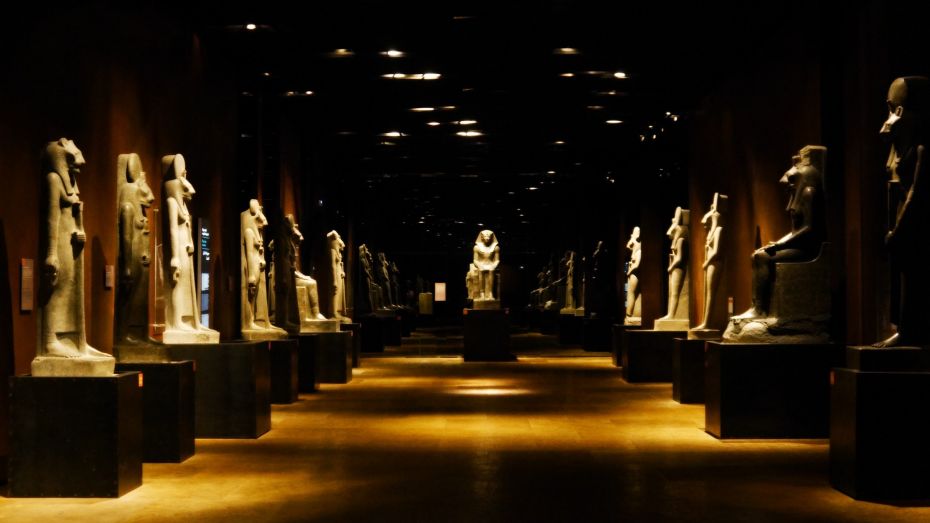
Created in 1824, the Museo Egizio di Torino is a museum entirely dedicated to Egyptian civilization and is considered second in importance worldwide, only after the one in Cairo.
In April 2015, the museum completed a major renovation project that combines scientific research with public use needs. The museum space is about 10,600 square meters and includes about 3,300 objects displayed chronologically from 4900 BC to 750 AD.
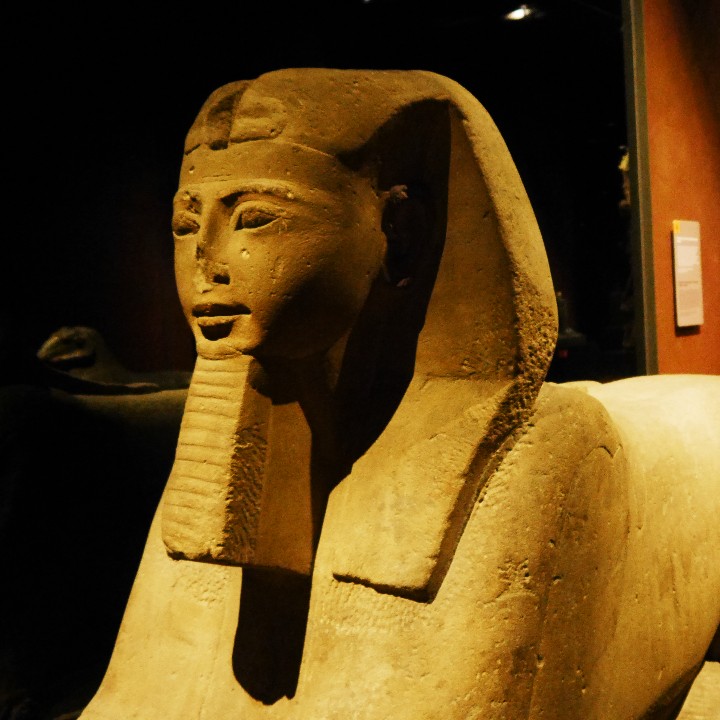
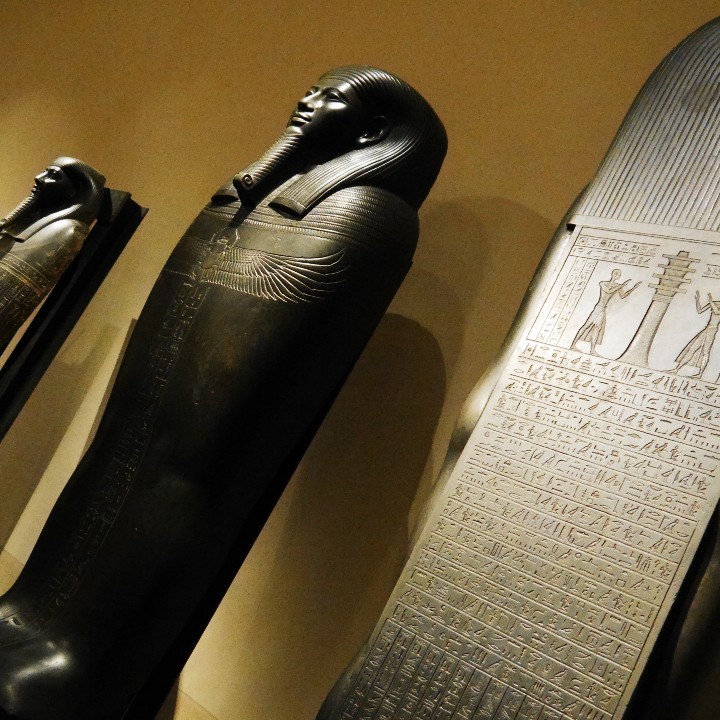
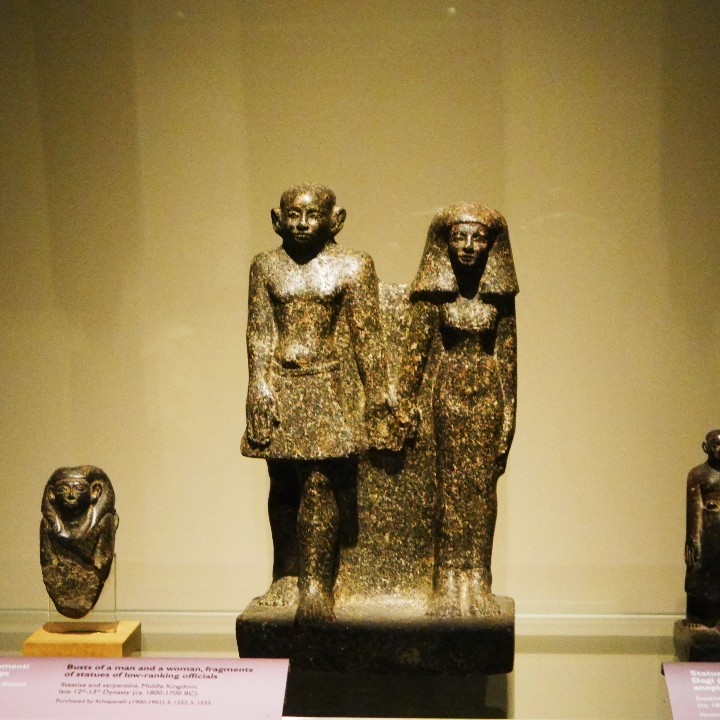
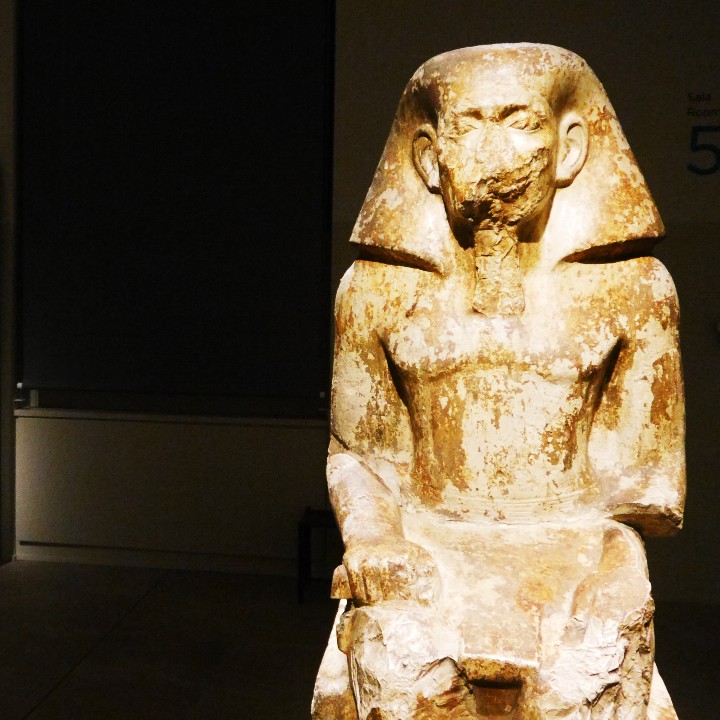
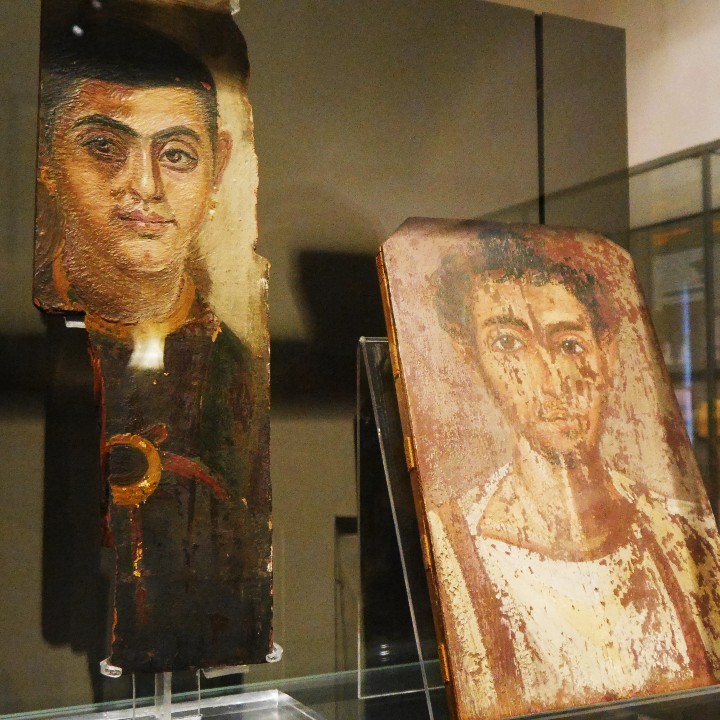
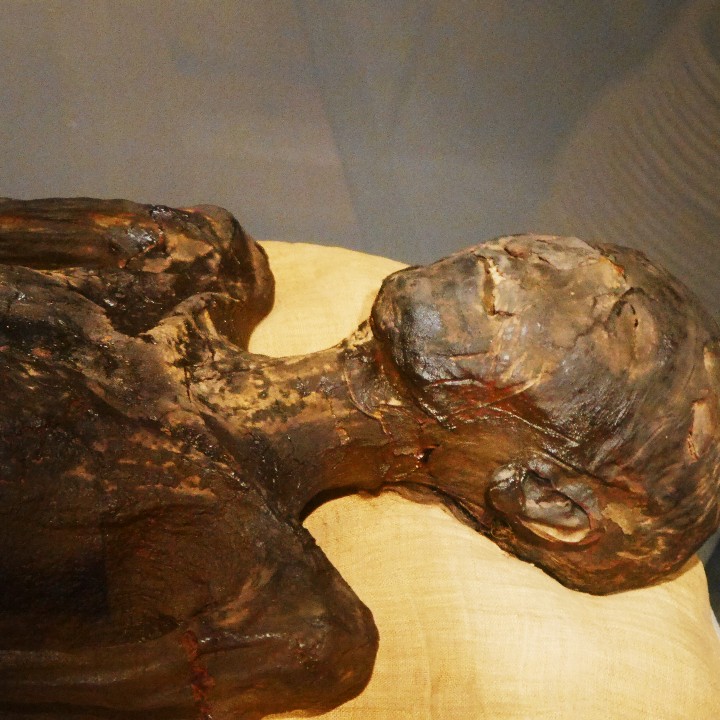
With over one million visitors annually, the Egyptian Museum is the most visited tourist attraction in Piedmont.
Entrance to the Egyptian Museum is included with the Torino + Piemonte Card.
Useful Information for Your Visit to the Egyptian Museum
- Address: Via Accademia delle Scienze, 6, 10123 Torino
- Opening Hours: Tuesday: 09:00h – 18:30h, Monday: 09:00h – 14:00
- Prices: General: 15€
- Tickets & guided visits: Book now
4. Mole Antonelliana
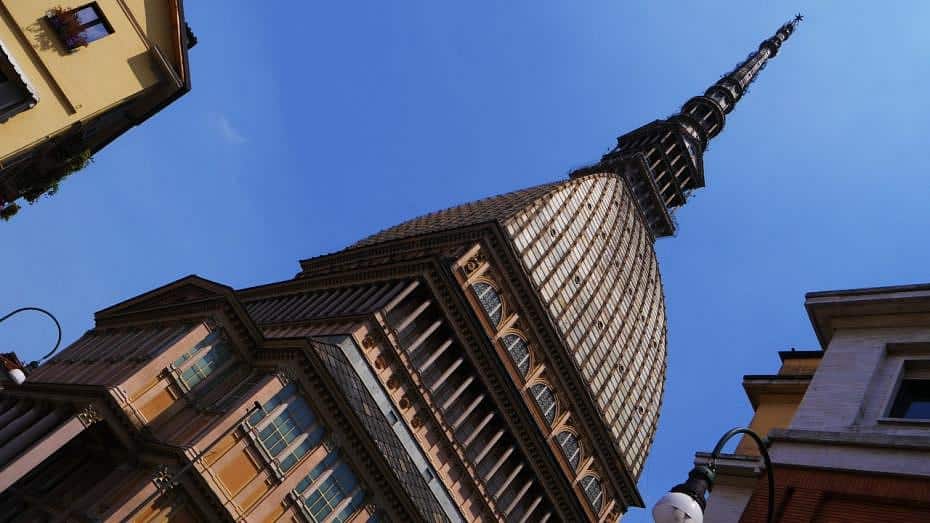
The Mole Antonelliana is the most iconic building in Turin. During my latest trip, I was struck by its towering presence.
This major monument, standing tall at 550 feet (167.5 meters), bears the name of its architect, Alessandro Antonelli. It houses a panoramic viewpoint and the National Museum of Cinema.
Though it was first planned as a synagogue, Turin’s city council bought the structure with plans to turn it into a symbol of national unity.
Finished in 1889, the landmark’s panoramic elevator was opened in 1961 to mark Italy’s centenary of unification, takes guests up to a viewing deck at 279 feet (85 meters) high. The views from there over the city and surrounding Alps are truly something else – all so peaceful up above Turin. There’s also an option to walk up through the dome to reach this amazing vantage point.
Entry to the Antonelliana Mole is included in the Torino + Piemonte Card.
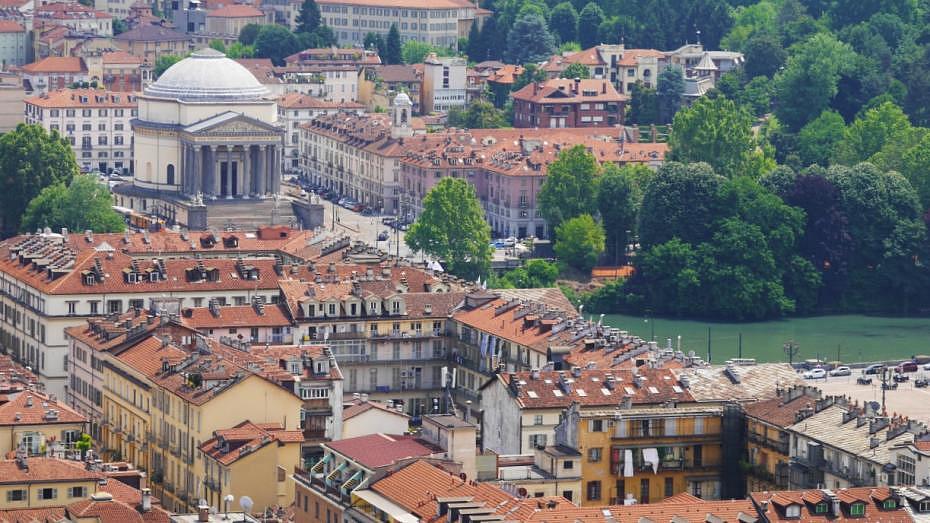
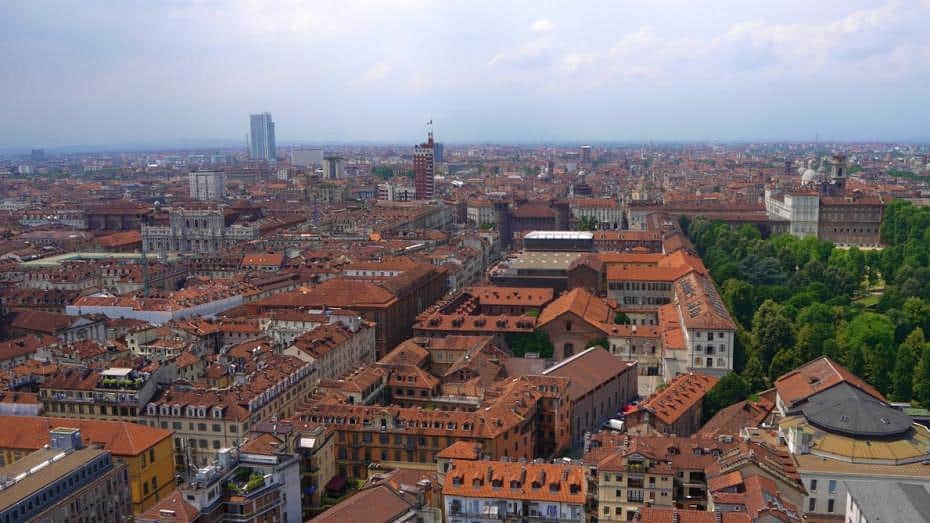
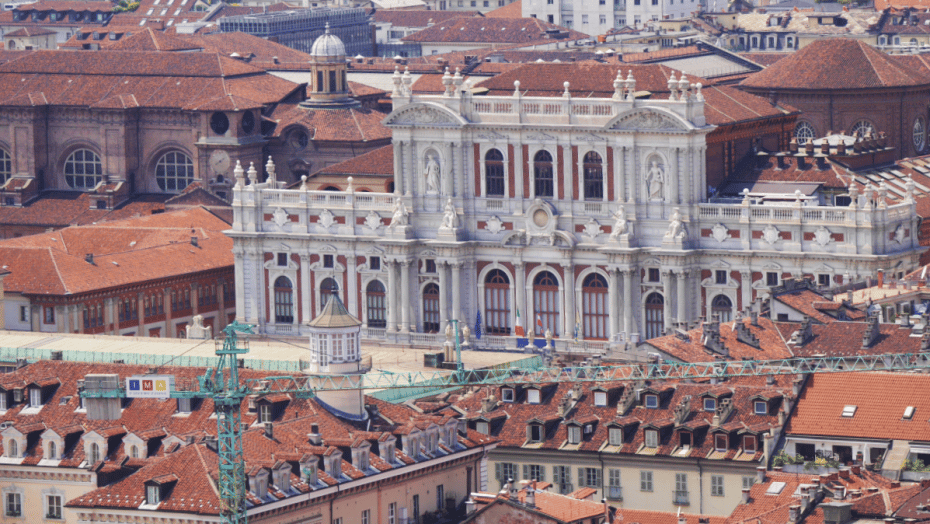
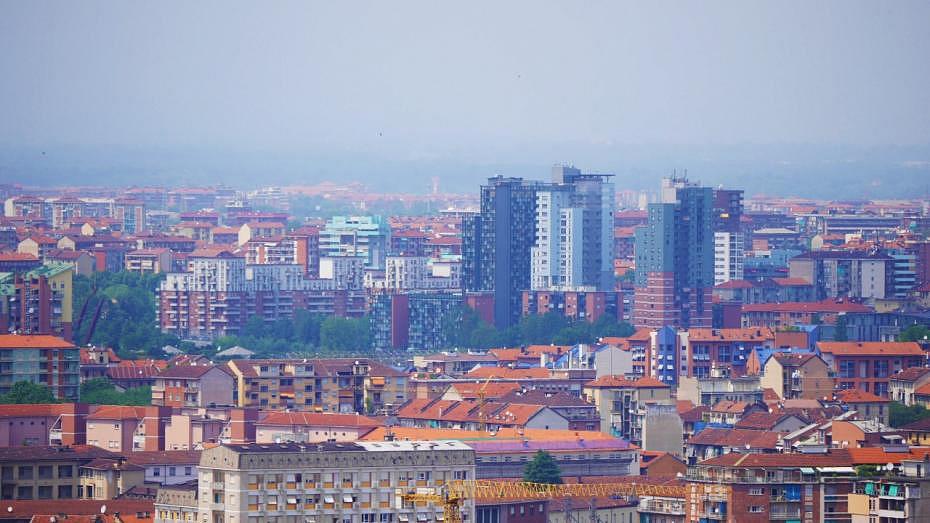
Useful Information for Your Visit to the Mole Antonelliana
- Address: Via Montebello, 20, 10124 Torino
- Opening hours: Wednesday to Monday: 09:00 – 19:00, Tuesday: closed
- Prices: Panoramic platform: 8€, museum + platform: 15€
- Tickets & guided visits: Book now
5. National Cinema Museum
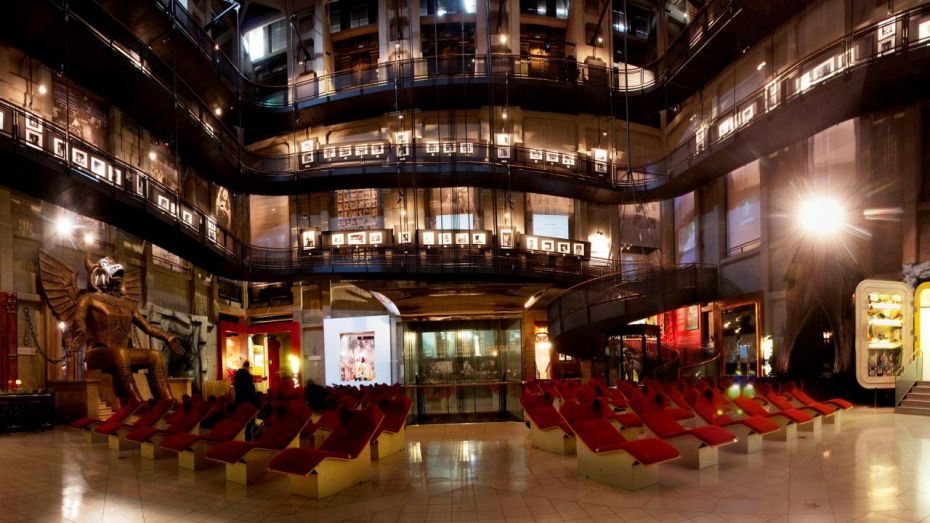
During my latest trip, I learned that the Mole Antonelliana also houses the Museo Nazionale del Cinema since 2000, which has a panoramic viewing area.
The museum is a fun spot if you love movies from Italy or anywhere in the world. It’s known as one of the top film museums globally because of its impressive collection and educational activities.
The exhibit spaces inside the Mole were put together by Swiss set designer Francois Confino. They take you through the story of film from the start to now, with interactive displays that make it even more interesting.
Entrance to the Museo del Cine is included with the Torino + Piemonte Card.
Useful Information for Your Visit to the Cinema Museum
- Address: Via Montebello, 20, 10124 Torino
- Opening hours: Wednesday to Monday: 09:00 – 19:00, Tuesday: closed
- Prices: museum + platform: 15€
- Tickets & guided visits: Book now
6. Cathedral of St. John the Baptist & Chapel of the Holy Shroud
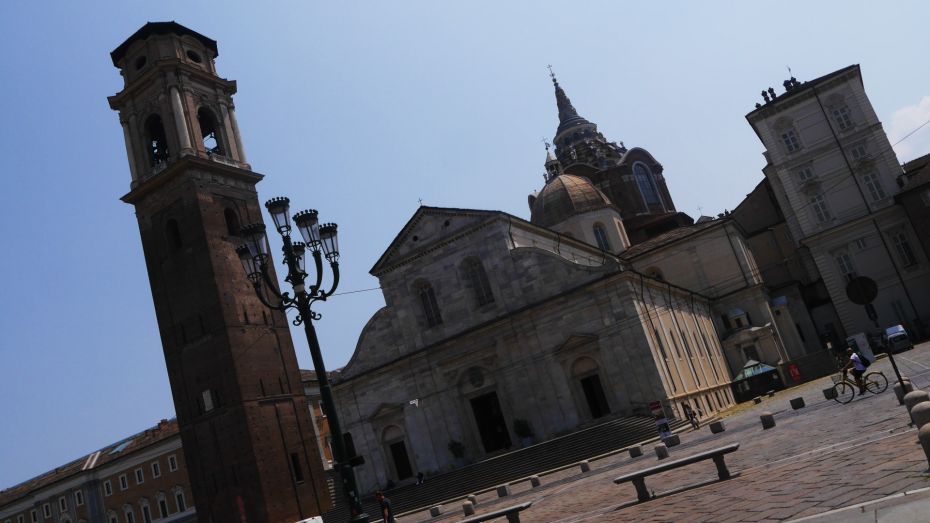
During my latest trip, I also visited the Cathedral of Saint John the Baptist, known locally as the Duomo di Torino. It’s a must-see in Turin, the main Catholic church and home to the city’s archbishopric.
The cathedral sits at a historic spot in Turin, just a short walk from an archaeological area and close to the Roman Theatre of ancient Julia Augusta Taurinorum. The cornerstone was laid by Bianca di Monferrato, regent of Savoy, in 1491. It was Amedeo of Francisco da Settignano, or “Meo del Caprino,” who initially worked on the cathedral right up until he passed away in 1501. The cathedral was completed by 1505.
The expansion project started in 1649 aimed to provide a fitting place for the precious Shroud of Turin. This work was finished in 1694.
The Shroud of Turin, also known as the Holy Shroud, is a piece of linen cloth that shows the negative image of a man. Thought by many to have been the burial cloth wrapped around Jesus Christ, scientific findings have repeatedly challenged the shroud’s authenticity. Despite this, it draws thousands to Turin every year for its religious significance.
Useful Information for Your Visit to the Holy Shroud Chapel
- Address: P.za S. Giovanni, 10122 Torino
- Opening times: Check website
- Prices: General: 5€, reduced: 3,5€
7. Porta Palatina
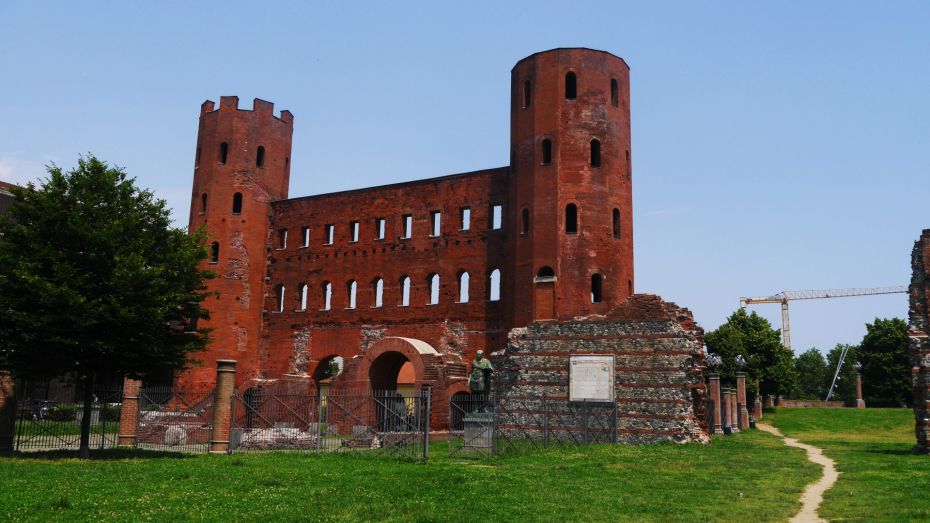
The Palatine Gate, a standout landmark in Turin, is an excellently preserved example of a Roman defensive gateway.
The Palatine Gate’s design closely mirrors the Decuman Gate integrated into the Madama Palace. It features two sixteen-sided towers that rise over 98 feet (30 meters) high on a square base. These towers border a central section about 65 feet (20 meters) long, housing two main roadways and two smaller pedestrian arches on either side.
For a thousand years, this gate kept its main role but turned into a fortress in the 11th century. By the early 15th century, battlements were added to its towers. In 1724, it and the buildings attached by then were transformed into a prison.
In the early 20th century, a decision was made to free up the old monument by removing all back structures and digging out the area of the cavadium while also doing away with prior restorations. The works were extensive and intermittent but finally, in the 1990s, it was restored to its original design.
Useful Information for Your Visit to Porta Palatina
- Address: Piazza Cesare Augusto, 10122 Torino
- Opening times: Everyday: 9:00h – 20:00
- Prices: Free
8. Palazzo Carignano & National Museum of the Italian Risorgimento
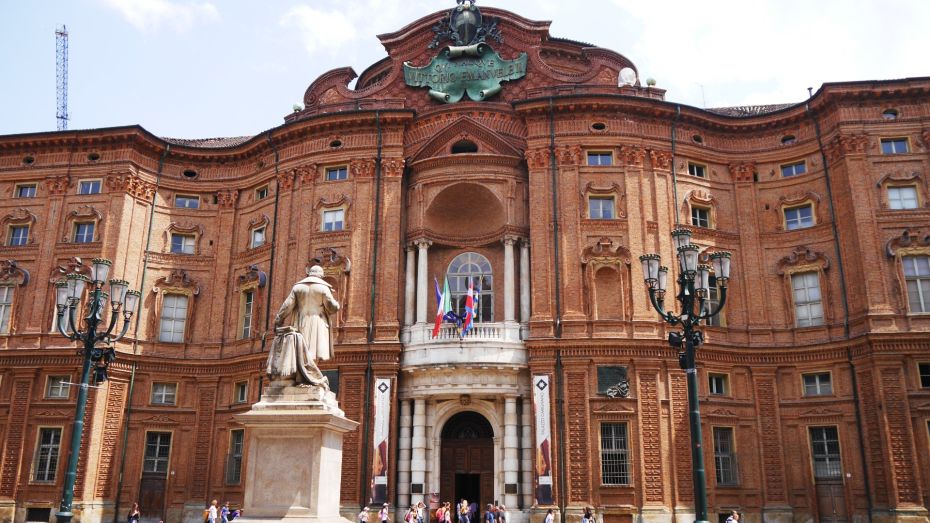
El Palazzo Carignano, or Palace of the Princes of Carignano, is a historic building in the center of Turin. It’s a prime example of Piedmontese baroque architecture.
The palace, along with Palazzo Reale and Palazzo Madama, is one of the city’s key historic buildings and part of the UNESCO World Heritage Site Residences of the Royal House of Savoy.
Palazzo Carignano has a significant place in history as the original location of the Subalpine Parliament and the first Parliament of the Kingdom of Italy.
The ground floor, in sections known as “di Mezzanotte,” is home to the office for regional museum management in Piedmont. The main floor holds the National Museum of Italian Unification, which showcases Italy’s journey to unification from the late 18th century until the start of World War I. The museum was established in 1878 and covers the period known as the Risorgimento, reflecting on Italy’s political unification process.
Entrance to the Palace and the Museum of the Risorgimento is included in the Torino + Piedmont Card.
Useful Information for Your Visit to Palazzo Carignano & National Museum of the Risorgimento
- Address: Via Accademia delle Scienze, 5, 10123 Torino
- Opening times: Tuesday to Sunday: 10:00h – 18:00, Monday: Closed
- Prices: General: 5€
9. Parco del Valentino & Castello del Valentino
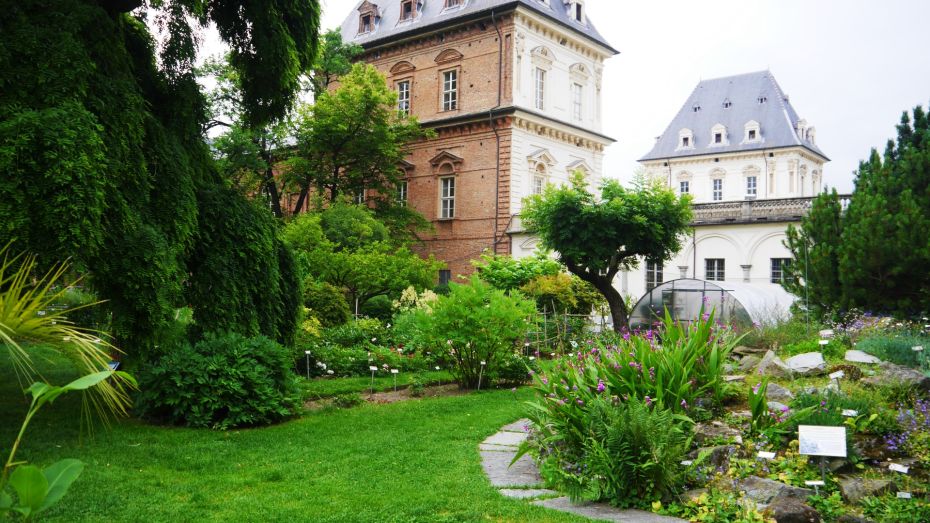
Valentino Park is a large public park along the western bank of the Po River. It’s the oldest and second-largest park in Turin. This vast green space is noted for its natural and historic assets, making it a well-known spot and one of the top attractions in Turin.
The origins of Valentino Park in Turin trace back to the latter half of the 17th century during a period of significant urban development for the city. Today, the park is also known for the Turin Medieval Village, a reproduction of a traditional village from Piedmont built to honor old traditions from Piedmont and surrounding areas.
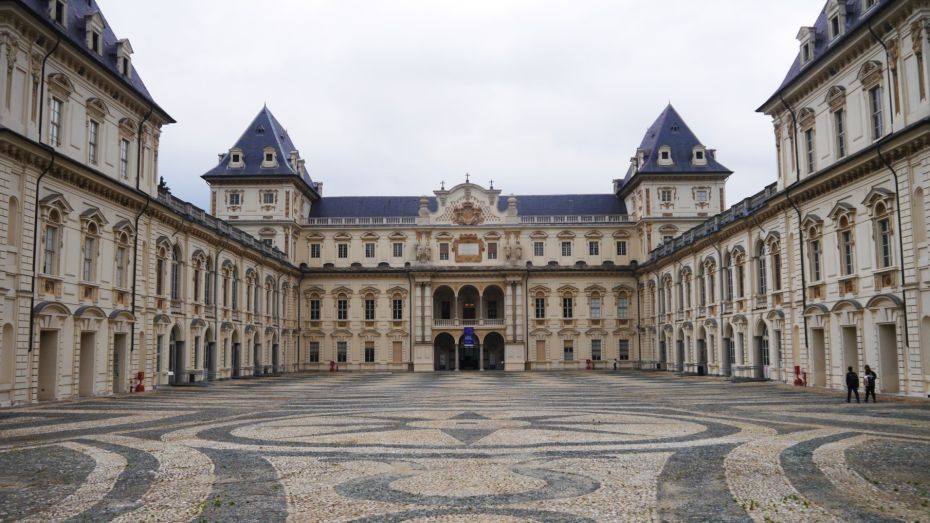
The park is home to the Castello del Valentino, a historic building that was part of the Royal House of Savoy’s residences and is on UNESCO’s list of World Heritage Sites.
This palace was commissioned by Princess Christine of France, who lived here starting in 1630. Architect Carlo di Castellamonte made substantial changes to the structure from 1633 to 1660.
The castle is horseshoe-shaped with four rectangular towers, one at each corner, and features a large inner courtyard with marble flooring. The upper floors have ceilings in the French style. The façade displays the coat of arms of the House of Savoy.
Today, the Castello del Valentino is a central facility for the Faculty of Architecture at the Polytechnic University of Turin and houses the Orto Botanico dell’Università di Torino, a historic botanical garden.
Useful Information for Your Visit to Parco del Valentino
- Address: Corso Massimo d’Azeglio, 10126 Torino
- Opening times: Park: 24 h, Castello: Monday to Friday: 7:00h – 21:00
- Prices: Free
10. Gallery of Modern Art (GAM Torino)
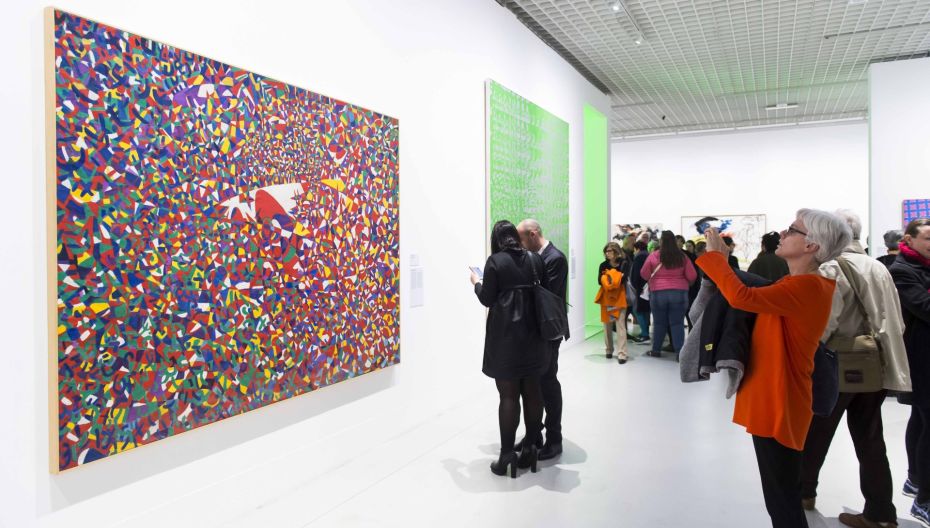
The Civic Gallery of Modern and Contemporary Art in Turin, also known as GAM Torino, is a museum that, together with Palazzo Madama, the Municipal Museum of Ancient Art, the Village and the Medieval Fortress, is a part of the Torino Musei Foundation.
The lower galleries host significant contemporary art exhibitions and hold a large collection of video art.
The permanent collections at GAM span the 19th and 20th centuries and include more than 47,000 paintings, sculptures, art installations, and video art pieces by both Italian and international artists such as Antonio Canova, Giovanni Fattori, Giuseppe Pellizza da Volpedo, Antonio Mancini, Giacomo Balla, Paul Klee, Amedeo Modigliani, Pablo Picasso, Andy Warhol, Giorgio de Chirico, Lucio Fontana, Nino Franchina and Domenico Valinotti.
Useful Information for Your Visit to GAM Torino
- Address: Via Magenta, 31, 10128 Torino
- Opening times: Tue, Wed, Fri, Sat and Sun: 10:00h – 18:00, Thu: 13:00 – 21:00, Mon: closed
- Prices: General: 10€, reduced: 8€
- Tickets & guided visits: Book now
11. Piazza Castello
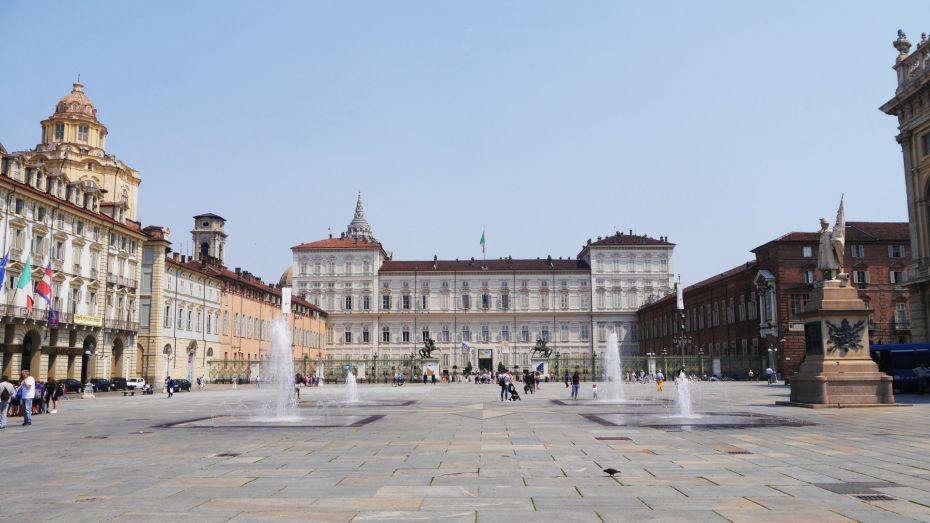
Piazza del Castello is the main square in Turin. It is in the center of the city’s historical core, where four major roads meet: the pedestrian street via Garibaldi, via Po, via Roma, and via Pietro Micca.
Piazza Castello was created as a porticoed square in the late 16th century and reformed to look as it does now in the latter part of the 18th century. Since the late 16th century, it has been a key area of the baroque quarter of the Piedmontese capital.
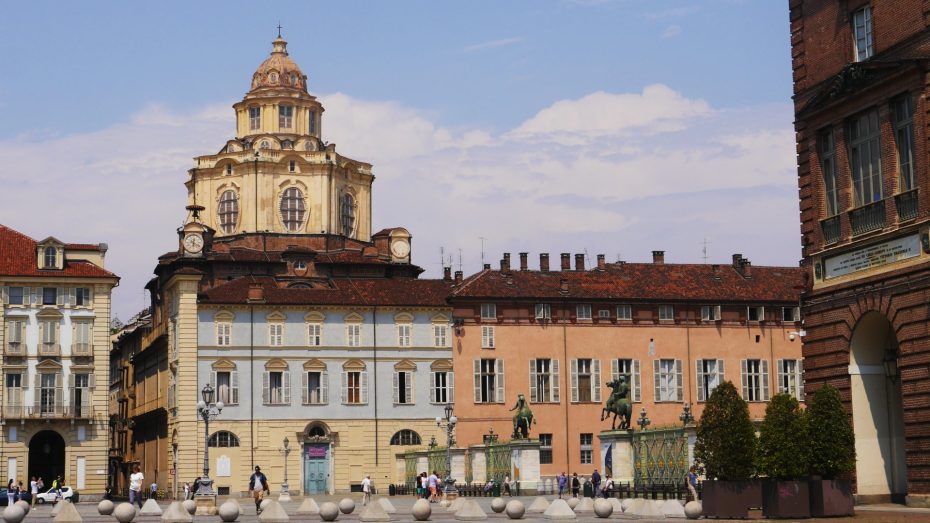
Surrounded by baroque-style palaces, Piazza Castello is also full of museums, theaters and cafes.
12. Piazza San Carlo
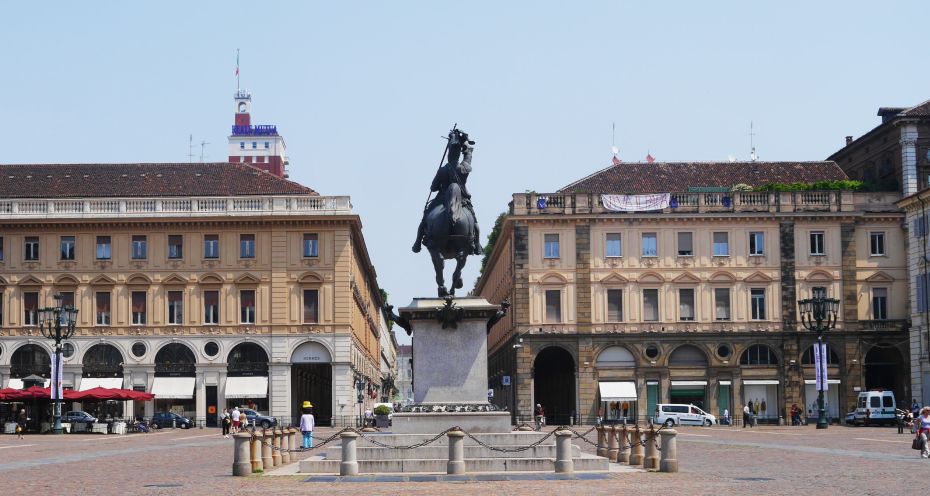
Piazza San Carlo, dedicated to San Carlo Borromeo since 1618, is undoubtedly one of Turin’s most beautiful and important squares. It is the scene of concerts, demonstrations, election rallies, and various social and cultural events. It is also the scene of celebrations for Juventus victories. The square received several names over the centuries: Piazza Reale, Piazza d’Armi, and Place Napoleon during the Napoleonic period.
This rectangular square is home to numerous places of interest, including the equestrian statue of Emanuele Filiberto and the baroque twin churches of Santa Cristina and San Carlo.
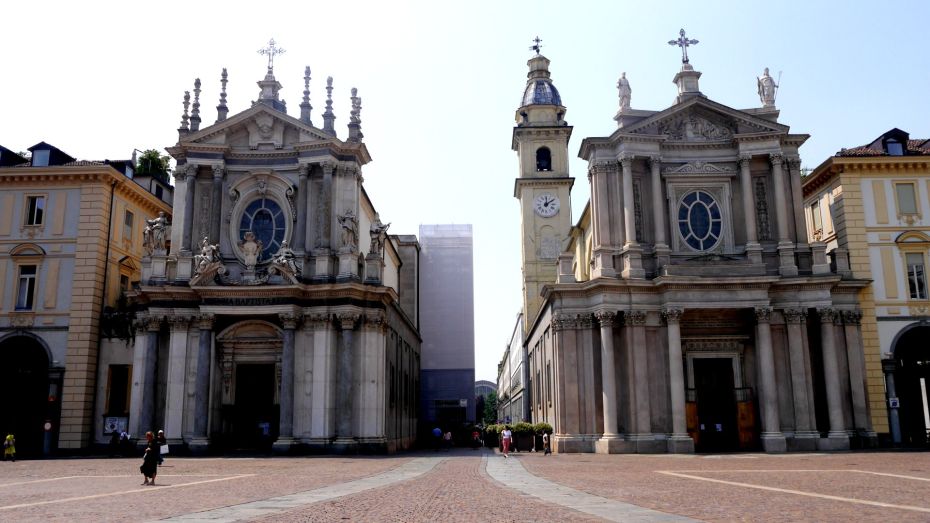
On the occasion of the XX Winter Olympic Games, Piazza San Carlo, known as “Il Salotto di Torino” (the Hall of Turin), underwent a redevelopment that, among other things, saw the transformation of the entire square into a large pedestrian area.
13. Monte dei Cappuccini
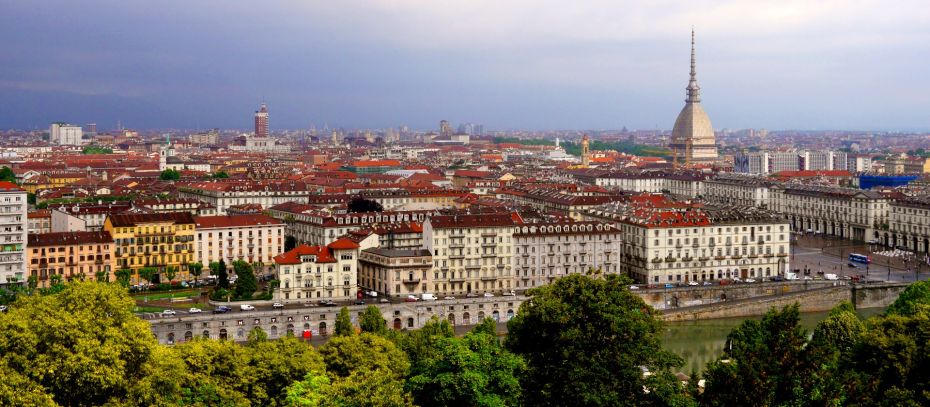
The Monte dei Cappuccini, or Mount of the Capuchins when translated into English, is a hill that stands at 325 meters (1,000 feet) high and is located about 200 meters (650 feet) from the right bank of the Po River in the Borgo Po neighborhood.
It’s a short distance from the city’s historic center and close to the Vittorio Emanuele I Bridge, which leads to Piazza Vittorio Veneto. Atop the hill, you’ll find both the convent and the church of Santa Maria al Monte, looked after by Capuchin friars, which is how the hill gets its name.
The hill is also home to the Museo Nazionale della Montagna “Duca degli Abruzzi,” accessible from a scenic square at its summit and the National Library of the Italian Alpine Club.
The scenic square on Monte dei Cappuccini is one of Turin’s top viewpoints. From here, you can see the whole city and famous landmarks, like Mole Antonelliana, that are not visible from other vantage points. The views from Mount of the Capuchins are particularly striking at dusk.
14. Juventus Stadium and Museum
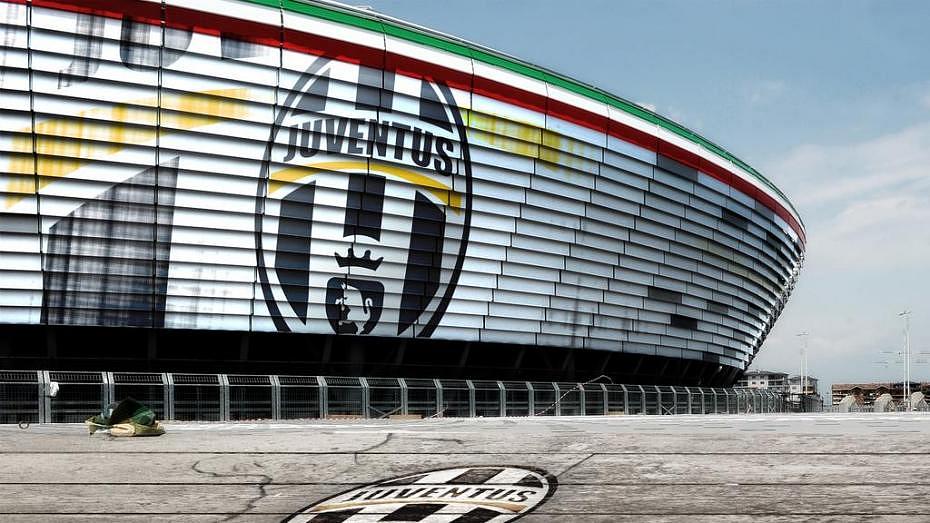
Juventus Stadium, also known as Allianz Stadium and sometimes referred to simply in Italy as “Lo Stadium” (The Stadium), is a soccer stadium in the Vallette district of Turin.
This stadium, home of Juventus FC, was built in 2000 and is one of four stadiums accredited by UEFA as category 4, the highest technical level in the confederation’s Stadium Infrastructure Regulations. With a capacity of 41,507 spectators, it is the sixth-largest soccer stadium in Italy.
Other club-related attractions nearby include the Juventus Museum, the J Hotel, a concept store, and a shopping mall.
The Juventus Museum was created in 2012 to celebrate the club’s history and triumphs by exhibiting its most important trophies and memorabilia.
Useful Information for Your Visit to the Juventus Stadium
- Address: Corso Gaetano Scirea, 50, 10151 Torino
- Tickets & guided tours: Book now
15. Museo Nazionale dell’Automobile
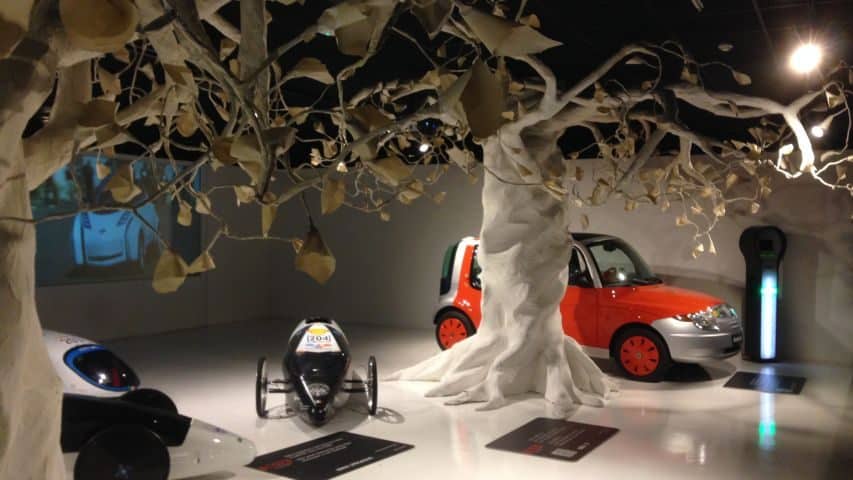
The Museo Nazionale dell’Automobile, founded by Carlo Biscaretti di Ruffia, is a museum dedicated to the automobile in Turin. The museum has a collection of about 200 cars and eighty brands from eight countries.
The museum is housed in an avant-garde building dating from 1960 and consists of three floors.
Useful Information for Your Visit to the Automobile Museum
- Address: Corso Unità d’Italia, 40, 10126 Torino TO
- Opening times: Tuesday to Sunday : 10:00h – 19:00, Monday: 10:00h – 14:00
- Prices: General: 12€, reduced: 8€
- Tickets & guided tours: Book now
16. Museo Lavazza
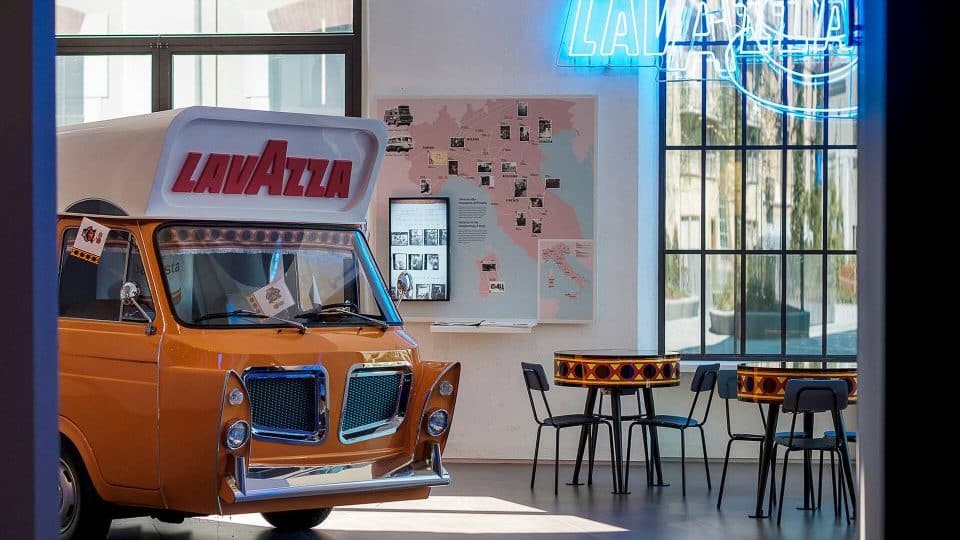
The Lavazza Museum in Turin offers an immersive experience in the culture of coffee and its rituals that also trace the history of one of Italy’s most famous coffee brands.
The Lavazza Museum exhibition offers a circular journey that explores the history of Lavazza and the coffee production chain through five different themes: Casa Lavazza, the Factory, the Piazza, the Atelier, and the Universe.
Useful Information for Your Visit to the Lavazza Museum
- Address: Via Magenta, 31, 10128 Torino
- Opening times: Wed – Sun: 10:00h – 18:00, Mon & Tue: closed
- Prices: General: 10€, reduced: 8€
- Tickets & guided tours: Book now
17. Fondazione Sandretto Re Rebaudengo
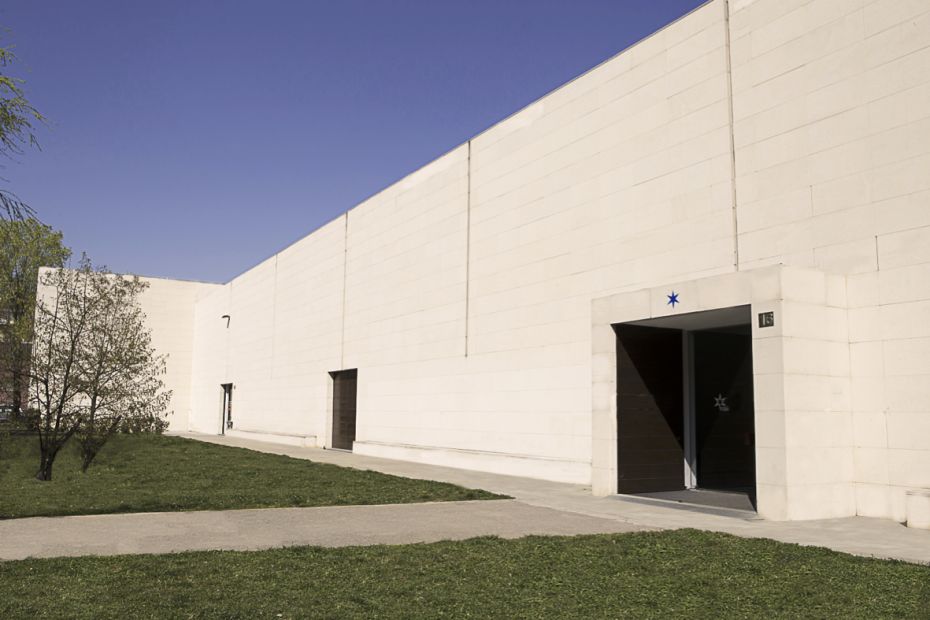
The Fondazione Sandretto Re Rebaudengo is a non-profit contemporary art institution founded by art collector Patrizia Sandretto Re Re Rebaudengo in 1995. The foundation began with two main exhibition spaces located in Piedmont, one in the district Borgo San Paolo in the center of Turin and the other in the Palazzo Re Re Rebaudengo in Guarene d’Alba.
The foundation’s headquarters was formerly an automobile factory before being converted into a contemporary art space and opened to the public in 2002. In 2003, the building’s design won a gold medal for Italian architecture at the Milan Triennale.
18. Chiesa della Gran Madre di Dio
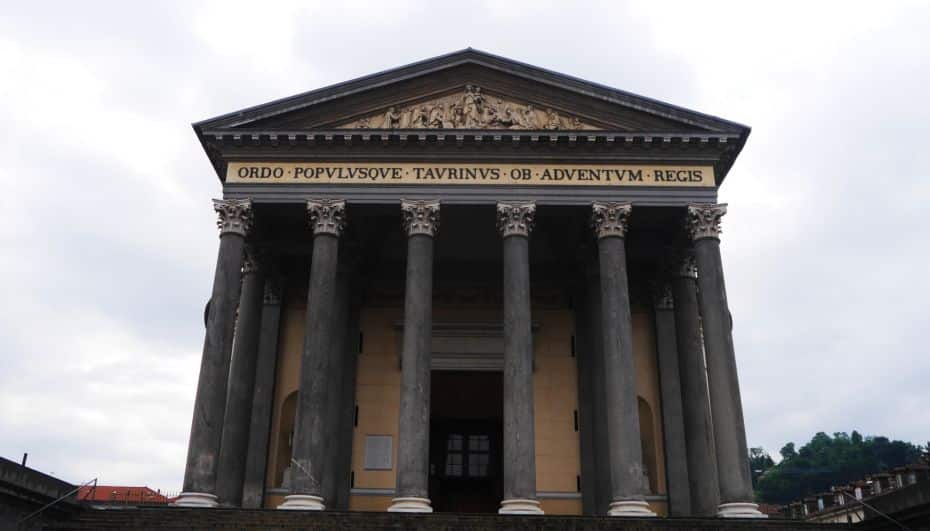
The church of Gran Madre di Dio is a church in neoclassical style located on the west bank of the Po river, opposite the Ponte Vittorio Emanuele I.
The church was commissioned in 1814 to celebrate Vittorio Emanuele I of Savoy’s return after Napoleon’s defeat. On its tympanum appears the Latin epigraph “ORDO POPULUSQUE TAURINUS OB ADVENTUM REGIS,” i.e., “the nobility and people of Turin for the return of the king.”
The building’s construction, entrusted to the Turin architect Ferdinando Bonsignore, began in 1818 and was completed in 1831.
19. Porta Palazzo Market & Central Market
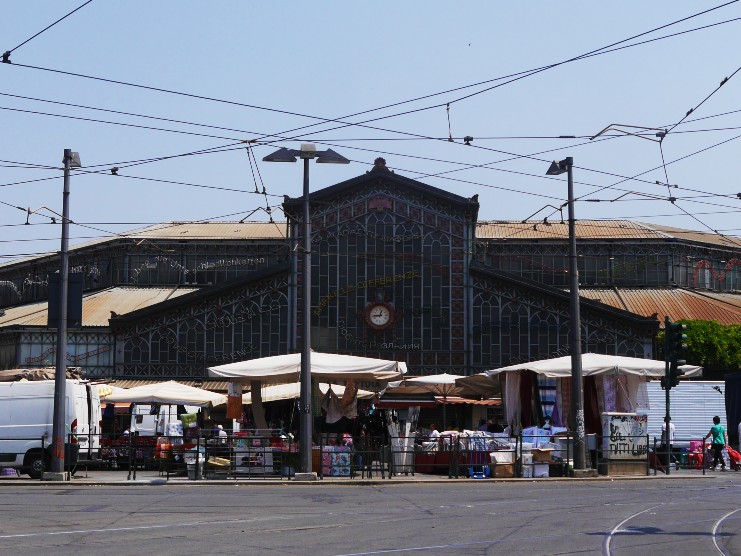
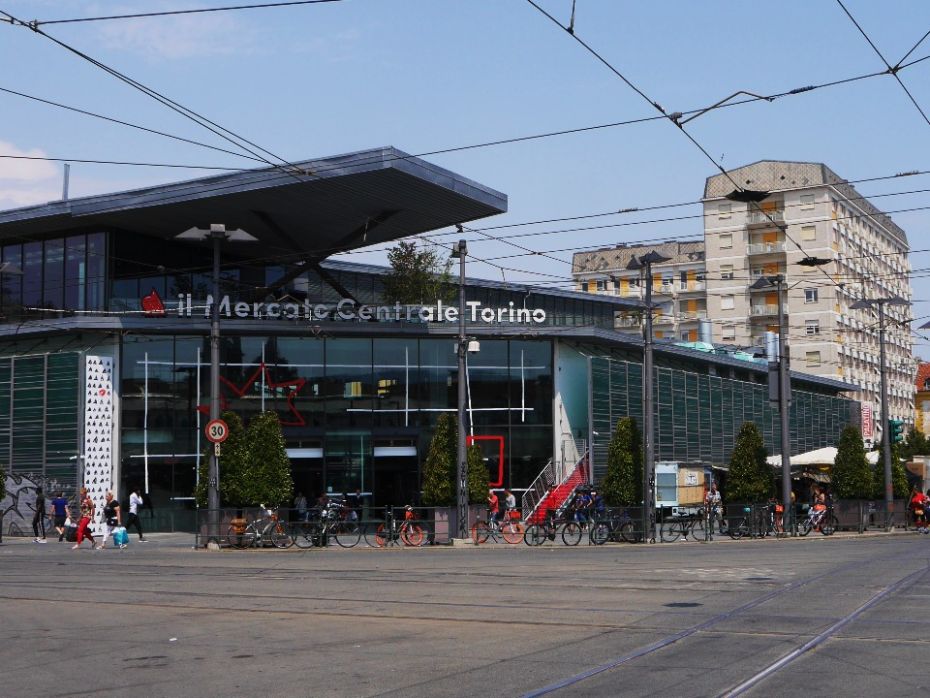
Located in the octagonal Piazza della Repubblica, just a few steps from the center and in the historic district of Borgo Dora, the Mercato di Porta Palazzo is not only the largest market in Turin but also the largest open market in Europe.
The huge area of Piazza della Repubblica allows for combining open market activities with covered areas dedicated to different products. The open part offers different products (food, footwear, clothing, household goods, plants, and fruits and vegetables). The covered part, meanwhile, includes four distinct areas: the Fish Market, the Palatine Center, dedicated to clothing and footwear, the Clock Market, and the Food Market, both dedicated to high-quality gastronomic products such as meats, sausages, cheeses, bread, fresh pasta and much more.
Every second Sunday of the month, bars, restaurants, stalls, and stores bring to life the Gran Balon, a traditional flea market.
20. Basilica di Superga
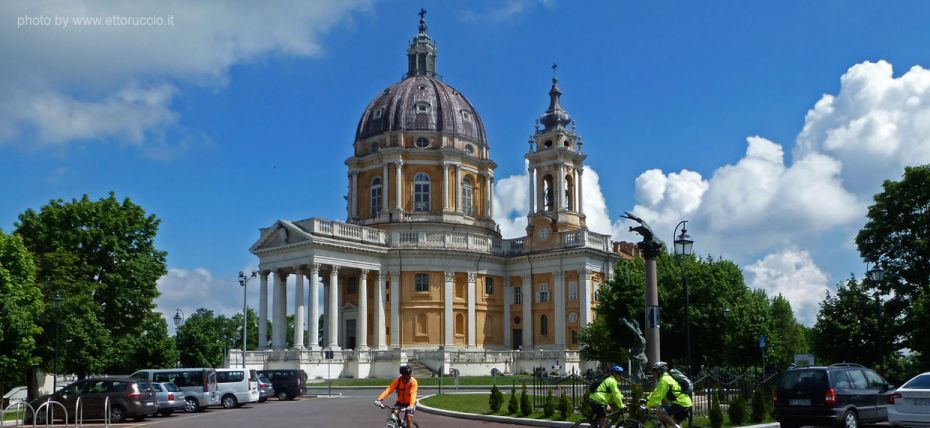
The Basilica of Superga is a church located outside Turin, on top of Superga hill. It was ordered in the 18th century by Victor Amadeus II of Savoy. The architect was Filippo Juvarra, who designed a classical temple with some baroque elements.
The dome was finished in 1726 and shares some features with Michelangelo’s dome at St. Peter’s Basilica.
The Royal Crypt is the burial place for members of the House of Savoy, who were once dukes of Savoy, kings of Sardinia, and kings of Italy. Two Italian kings are buried in the Pantheon in Rome. Earlier generations of the House of Savoy and the last Italian king are buried at Hautecombe Abbey, their traditional burial site in Savoy.


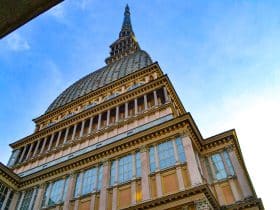
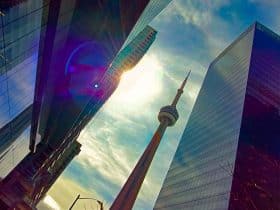
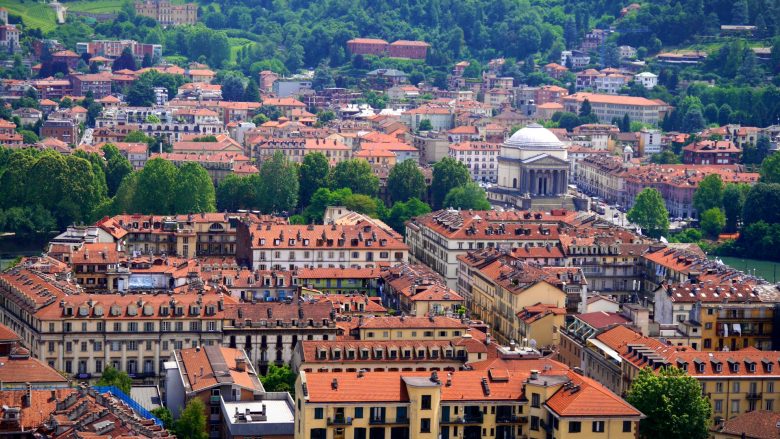
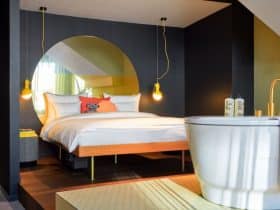
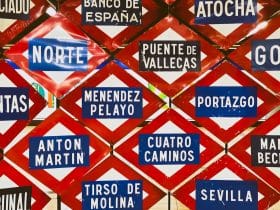
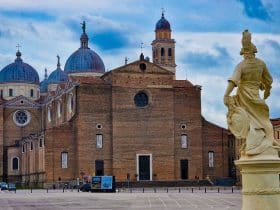












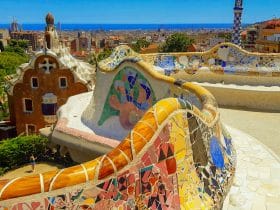
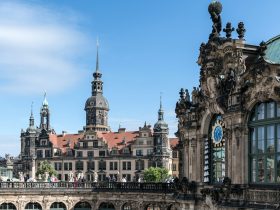
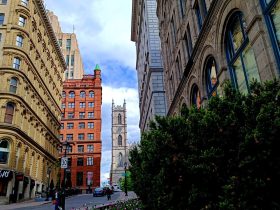
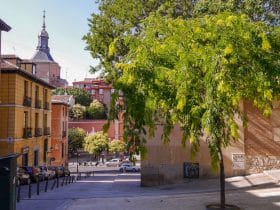
Leave a Reply
View Comments